Slow Progress in Ukraine Offensive: How Russia’s Unimpressive Offensive is Stalling Out
Russia launched a new phase of its war in Ukraine over three weeks ago. This offensive is aimed at seizing control of the Donbas region in Ukraine’s east. Putin’s initial goal was regime change in Kyiv, but recent events shifted this goal. As the military campaign ramped up in intensity, many observers began to expect the offensive might yield enough concrete gains for Putin to say “mission accomplished” on Victory Day commemorating the defeat of Nazi Germany. However, on May 9, Putin did not say much of anything along those lines. Perhaps this was because he had little to brag about. What does this mean for the war’s big picture?
The Current State of the Conflict
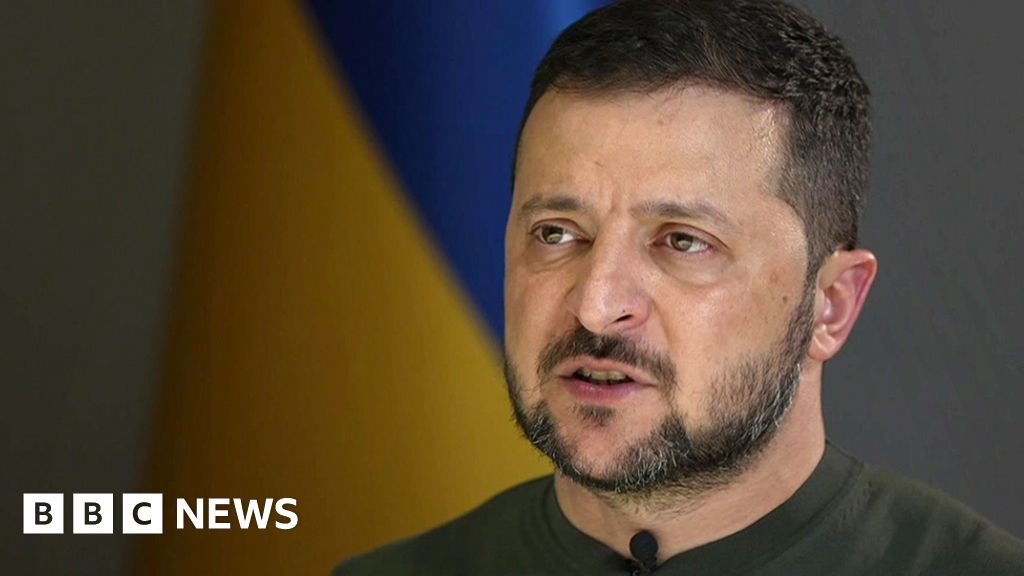
During the first phase of the war, Russian forces were able to take significant amounts of territory in the Donbas. Repulsing the current Russian advance is thus not enough for Ukraine to attain total victory in the region; for this, its forces would need to go on the offensive and take back substantial amounts of land.
The Experts’ Take
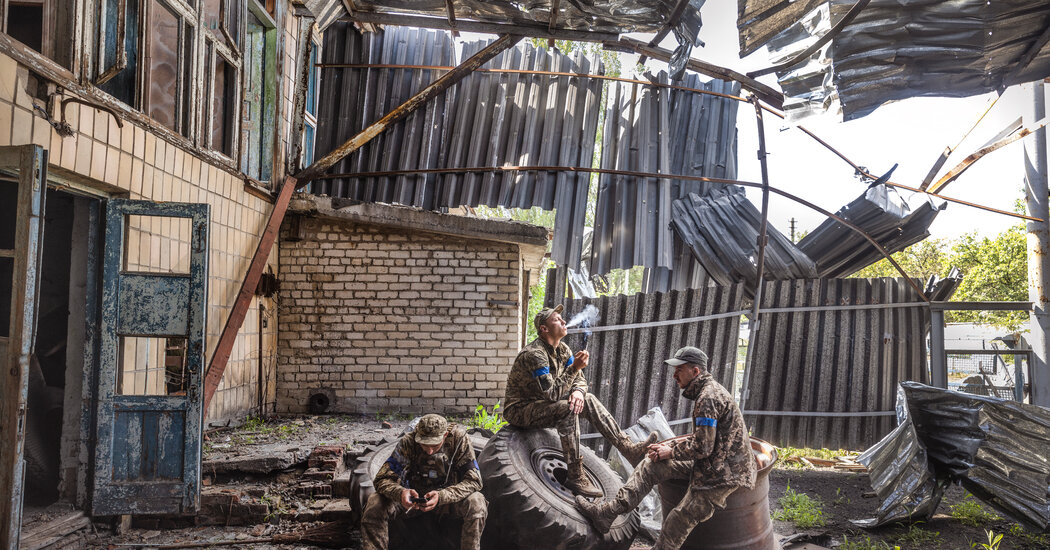
Some experts believe the Ukrainians are capable of taking back substantial amounts of land, that the Russian offensive will soon peter out, and, perhaps collapse into a full-scale rout. Others are more skeptical, noting that the Ukrainians haven’t proven their offensive capabilities and have also suffered significant losses.
Michael Kofman’s Insights on the Ukraine War
Michael Kofman, an expert on the Russian military at the CNA think tank, believes that Russia doesn’t have the forces to be able to achieve this operational scheme. The offensive isn’t making dramatic gains, and there appears to be very little likelihood of a general breakthrough.
The Implications of Russia’s Unimpressive Offensive
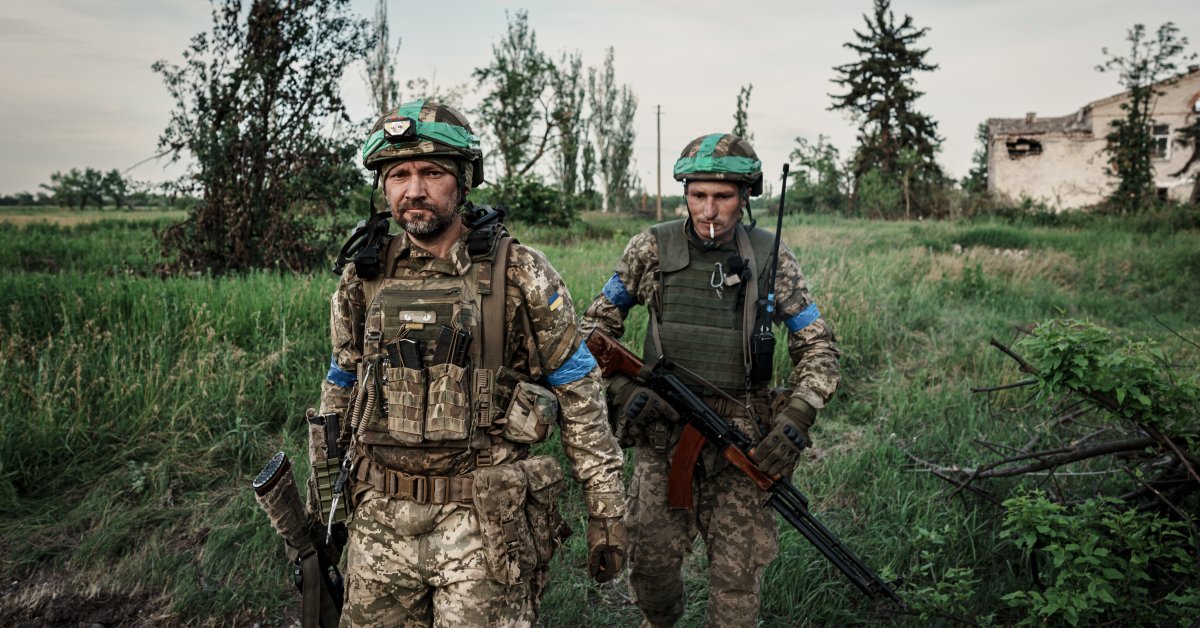
While much remains unpredictable about the Ukraine war, it’s fair to say that the range of plausible outcomes is shrinking. What Russia’s unimpressive offensive means for the war’s big picture is less clear. But it’s hard to see how the situation could change anytime soon. Russia’s current territorial holdings in Ukraine give it some leverage during any peace negotiations. Still, Ukraine’s battlefield victories mean that Russia will, in virtually any plausible scenario, fall far short of its initial war aims. There are fewer and fewer favorable endgames for Russia.
Why the Offensive is Stalling Out
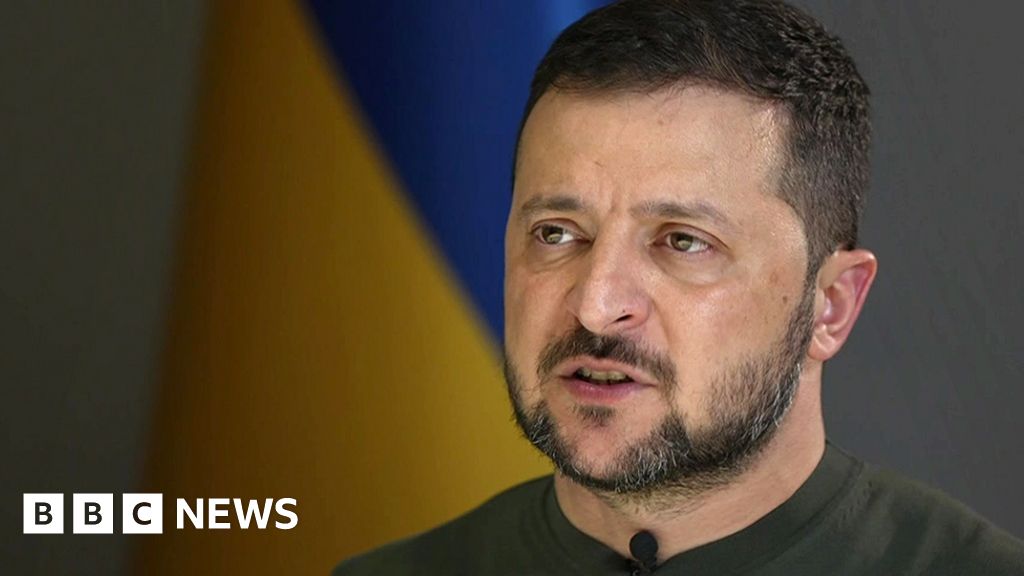
US intelligence sources note that the Russians have gained only a few miles in the Donbas region since the offensive began. A Pentagon official described Russia’s efforts as incremental and somewhat anemic. The offensive’s aim-a sweeping advance cutting off Ukrainian forces in the Donbas from the rest of the country-is looking increasingly out of reach.
Donbas: Ukraine’s Easternmost Region
The Donbas is Ukraine’s easternmost region, stretching from Luhansk down to around Mariupol in the south and directly bordering Russia and Russian-held territory in southern Ukraine.
War’s First Phase: Pro-Russian Separatists
There has been fighting in the region since 2014, when pro-Russian separatists began a war against the central government in the Donbas’s eastern areas. Prior to the 2022 invasion, these fighters controlled about one-third of the Donbas.
Why the Invasion is Aggression, Not Defense
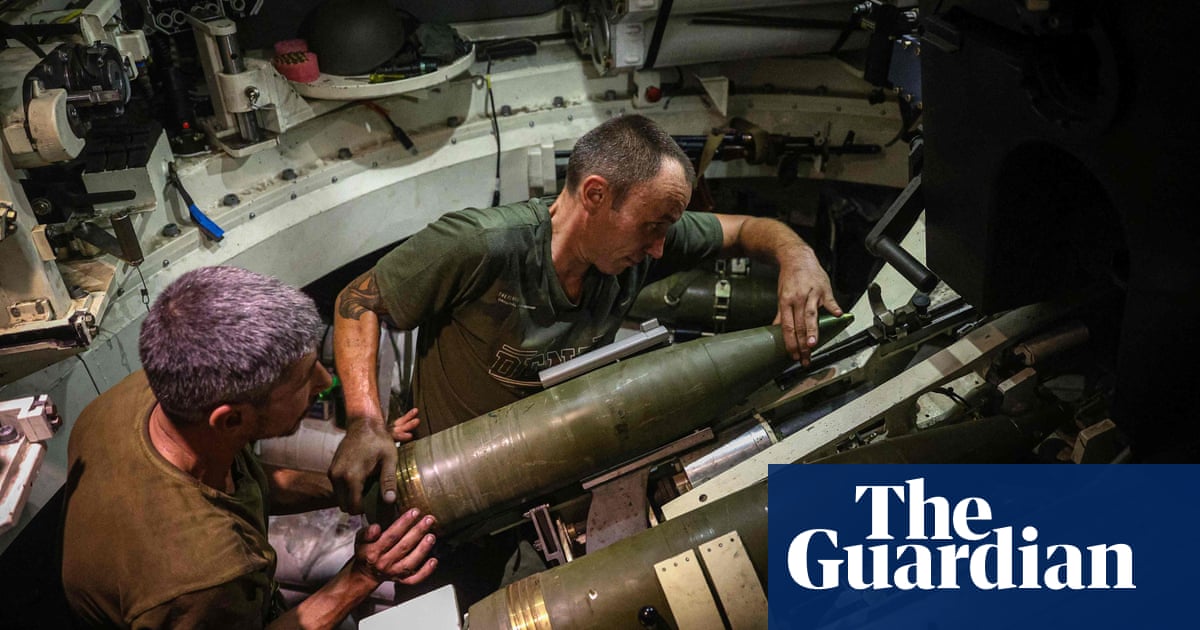
No genocide was taking place in the Donbas. From the outset, the Russian invasion has been an act of aggression-an attempt to assert control over Ukrainian territory and topple its government.
China’s Role in Africa
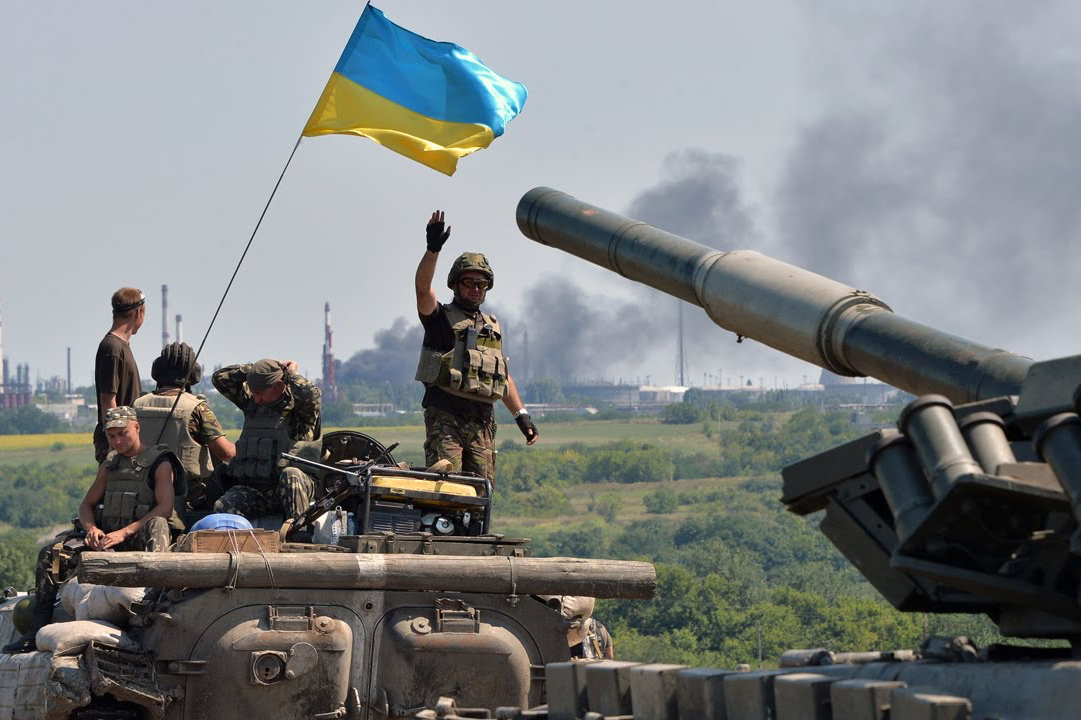
China views Africa as an important arena to challenge the rules-based international order, advance its own narrow commercial and geopolitical interests, undermine transparency and openness and weaken US relations with African peoples and governments. This article highlights 10 things to know about China’s role in Africa and how it impacts U.S. interests and what Africa policy must do to be based on a realistic assessment of Chinese activity on the continent, one that appreciates the African perspective.
Conclusion
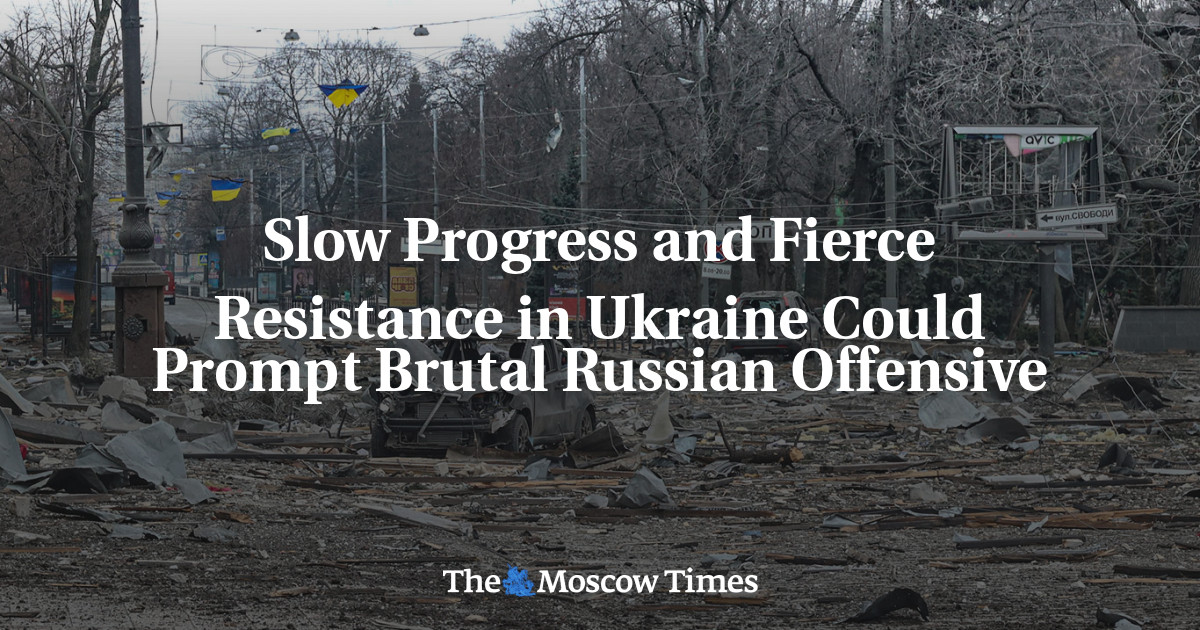
Russia’s unimpressive offensive implies that the range of plausible outcomes for the Ukraine conflict is shrinking. The offensive, aimed at seizing control of the Donbas region in Ukraine’s east, is looking increasingly out of reach, and it’s hard to see how the situation could change anytime soon. Russia’s current territorial holdings in Ukraine provide it with some leverage during hypothetical peace negotiations. Nonetheless, regardless of the scenario, Russia will fall far short of its initial war aims.
FAQs
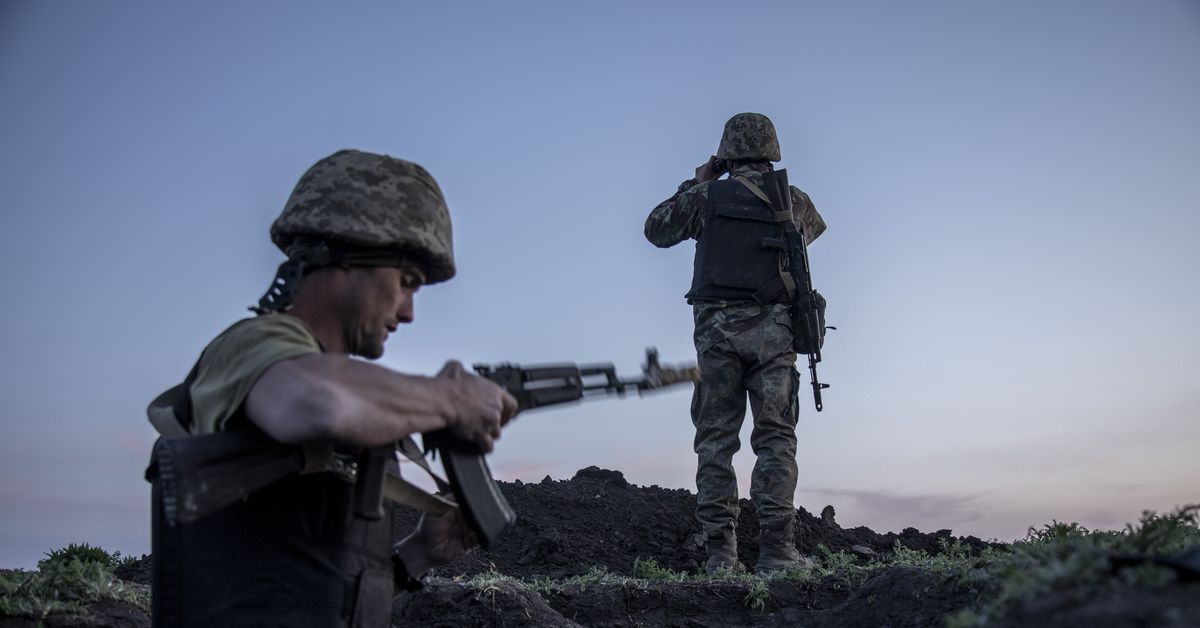
Q1. What is the Donbas region?
A1. The Donbas region is Ukraine’s easternmost region, stretching from Luhansk down to around Mariupol in the south and directly bordering Russia and Russian-held territory in southern Ukraine.
Q2. When did the fighting in Donbas start?
A2. The fighting began in the region in 2014 when pro-Russian separatists began a war against the central government in the Donbas’s eastern areas.
Q3. Did Ukraine attain total victory in the region?
A3. Ukraine could not attain total victory in the region, as it is not enough to repulse the current Russian advance. Its forces would need to go on the offensive and take back substantial amounts of land.
Q4. What does Russia’s unimpressive offensive mean for the war?
A4. It is less clear what Russia’s unimpressive offensive means for the war’s big picture. Experts are divided on whether Ukraine can take back significant amounts of land, and Russia’s current territorial holdings in Ukraine give it some leverage during any peace negotiations.
Q5. What is China’s interest in Africa?
A5. China views Africa as an important arena to challenge the rules-based international order, advance its own narrow commercial and geopolitical interests, undermine transparency and openness, and weaken US relations with African peoples and governments.
